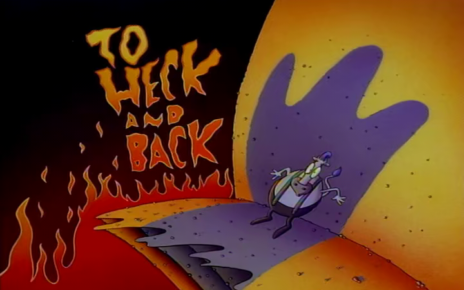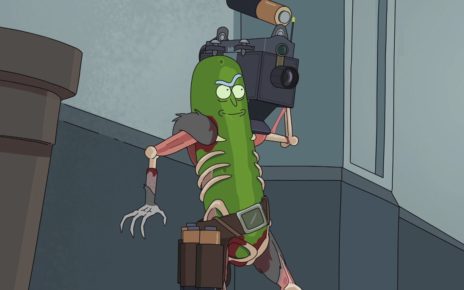From the moment she walked on the stage earlier this year, Marjane Satrapi capitaved the crowd at the University of Pennsylvania’s Annenberg Theater. Dressed head to toe in black down to her chunky boots, she walked to the edge of the proscenium and waved her arms, drawing more applause from the crowd. Like a professional wrestler getting the masses on her side before a championship match, she waved for cheers from one side of the audience, then the other, and each was more than willing to give her what she wanted.
Satrapi fled Iran after the Islamic Revolution in 1979 and detailed her experiences in Persepolis, which Pantheon Books published in 2000. The graphic novel achieved stratospheric success shortly after—it was translated into 24 languages, taught in high school and college classrooms across the world, and adapted to film in 2007, going on to win a number of major awards, including the Cannes Film Festival jury award. In conversation at the Annenberg, she explained what inspired to write her story, described the experience of bringing Persepolis to life in film, and dispensed advice for artists.
Writing Persepolis
After telling her story over and over again to the people she encountered while living in France, Satrapi decided to write Persepolis as a way to get it out there once and for all. She’s adamant that Persepolis is a personal story — not a work of history or political theory or sociology. She had regarded comics as a format for children until she read Art Spiegelman’s Maus, which was given to her on her 24th birthday. The form’s ability to “naturally incorporate humor” made it the obvious choice for her own story, she said.
“Laughter is the highest understanding of another person,” Satrapi said. “If I can make you laugh, we can say I understand you. It’s a perfect abstraction.” She added: “Basically, this life is short and we’re all going to die, so if we take this whole matter seriously, we are super stupid. So a comic became an obvious medium to say what I had to say.”
Leaping to Film
Transitioning the comic to film was not a prospect that excited Satrapi. “I really didn’t want to do it. It got to the point where I said I wanted to make an animation film, in 2D, in black and white, and has to be produced in France, in Paris, close to my house — all of that with the idea that he’d give up and say let’s not do it,” she said, referring to Vincent Paronnaud, a.k.a. Winshluss, the French comics artist and filmmaker and the co-director of Persepolis. “But he agreed, and then I had to do it.”
Eventually, she took it as an opportunity to get paid to learn something new and work through her fear of creating a flop, despite her trepidations: “Adaptations are not always a success,” she said, “and adaptations by the author are often even less good.”
Working with a team of animators added layers of interpretation to her very personal story that were not always welcome. “At the beginning, I truly hated the 100 people working on the film,” she said. “Like, every morning I would say, ‘God, kill them all so I don’t have to work with them.’ I really wanted them dead. It was my drawing and it was my story and they were copying my drawings and adding their own interpretations and it took me a year and a half to appreciate it.”
But, according to Satrapi, film surpasses all other media if you want to establish empathy, and to propagandize. “Film is a great weapon to invade someone’s culture. You can produce 150 big, blockbuster films for the cost of one war plane, and it doesn’t kill anyone.” The complexity of her own story and the forces at play in it informed her decision to use a simpler animation style — 2D, black and white — to make the setting seem less complicated. It was a powerful choice, and seeing it finally come to life via animation sent Satrapi into a shock.
“I needed three cognacs,” she said, adding: “When I wrote Persepolis, I was hopeful that the world was getting better. Then 9/11 happened and George W. Bush destroyed the whole world.”
Advice for Artists
Satrapi closed the conversation with some advice to creators.
“If you want to talk about the world, talk about your small village,” she said. “Talk about what is important to you. Your own conviction is what’s important — the story must be touching to you. It may not touch anyone else, but if it doesn’t touch you it will never touch anyone else.”
For aspiring animators, start small, she said. “Make 200 individual frames to create a 15 second film. Then do that again, and again.”
Satrapi is the director of Radioactive, a biopic about Marie Curie based on a comic book of the same name. It premiered at the Toronto International Film Festival in September, and is due to be released by Amazon Studios next year.
Thanks for reading The Dot and Line, where we talk about animation of all kinds. Don’t forget to follow us on Twitter and sign up for our newsletter.




